Mojo Salsa: The Fiery Secret of the Canary Islands (And How You Can Master It Too!)
Table of Contents
- What Exactly Is Mojo Salsa?
- The Global Spice Roots Behind Mojo Salsa
- Types of Mojo Salsa: Red, Green, and Everything in Between
- How to Make Mojo Salsa Like a Pro (Even If You’re a Beginner)
- 5 Must-Try Tips to Elevate Your Mojo Game
- Best Food Pairings with Mojo Salsa
- Storage Secrets: How to Keep Mojo Fresh Longer
- Conclusion
🔥 What Exactly Is Mojo Salsa?
Mojo salsa is a traditional sauce originating from the Canary Islands, a Spanish archipelago off the northwest coast of Africa. It’s known for its bold flavors — a mix of garlic, chili peppers, olive oil, vinegar, and spices like paprika or cumin. Mojo comes in various colors and heat levels, but they all share one thing: they bring dishes to life!
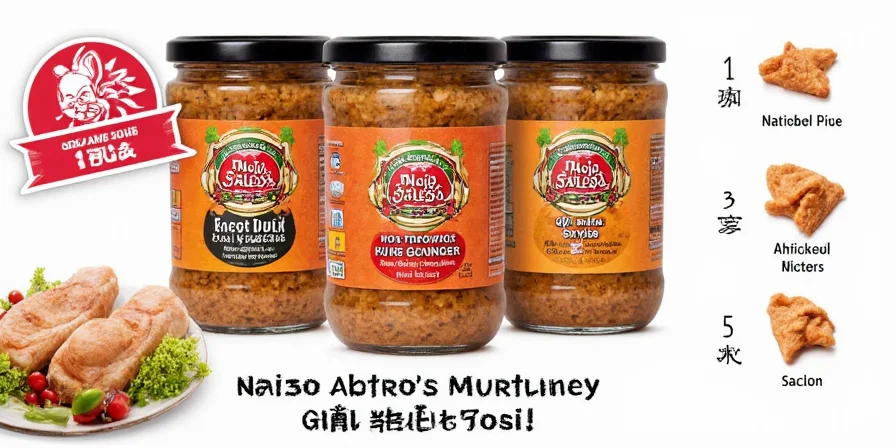
Why Should You Care About Mojo Salsa?
- It’s a natural flavor booster without artificial ingredients.
- Easy to customize to your preferred spice level.
- Perfect for marinades, dips, or condiments.
- Deeply rooted in cultural traditions, making every bite more meaningful.
🌍 The Global Spice Roots Behind Mojo Salsa
Mojo isn’t just a local recipe; it’s a blend of flavors shaped by history, trade, and geography. Let’s break down the major influences behind its unique profile:
| Influence | Spice/Ingredient | Cultural Origin | Role in Mojo |
|---|---|---|---|
| African | Chilies & Garlic | Moroccan, West African | Provides heat and depth |
| Spanish | Paprika & Olive Oil | Peninsular Spain | Adds smokiness and richness |
| Latin American | Vinegar & Citrus Zest | Mexico, Cuba | Brightens the sauce |
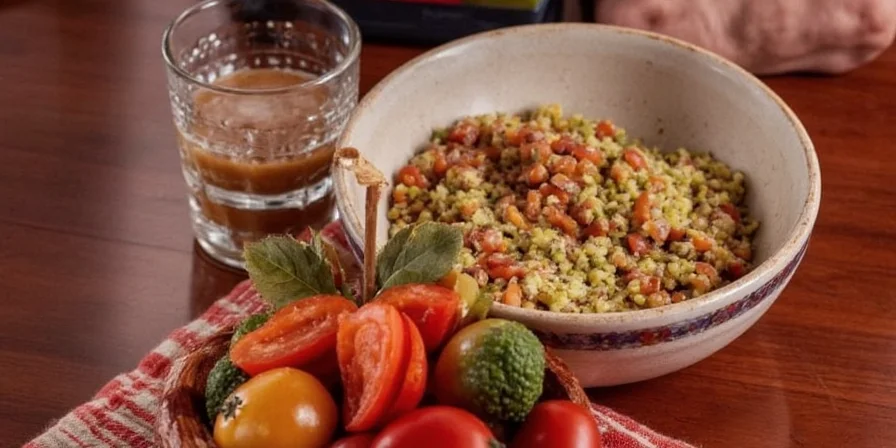
Spice Trade Connection
The Canary Islands were once a key stop on the spice trade routes between Europe, Africa, and the Americas. This geographical blessing allowed locals to experiment with spices that were rare elsewhere in Europe — giving birth to sauces like mojo that reflect a melting pot of cultures and flavors.
🎨 Types of Mojo Salsa: Red, Green, and Everything in Between
There are many variations of mojo salsa, each with its own character. Here's a quick breakdown:
| Type | Main Ingredients | Flavor Profile | Heat Level | Common Use |
|---|---|---|---|---|
| Mojo Rojo | Red pepper, paprika, garlic | Smoky, tangy, slightly sweet | Mild to medium | Dipping sauce for potatoes |
| Mojo Verde | Coriander, parsley, green chilies | Fresh, herbaceous, zesty | Low to mild | Served with fish or veggies |
| Mojo Picón | Garlic, chili, lemon zest | Hot, bright, citrusy | High | Marinade or condiment |
| Mojo de Hierbas | Various herbs, olive oil | Earthy, aromatic | Very low | Dressing for salads or breads |
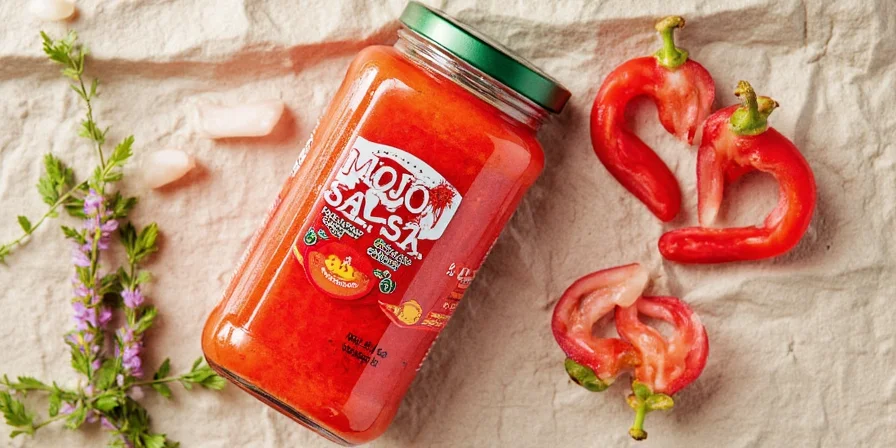
👨🍳 How to Make Mojo Salsa Like a Pro (Even If You're a Beginner)
You don't need a Michelin star to whip up a killer mojo salsa. All you need is a blender, a few fresh ingredients, and some spice love. Here's a classic **mojo rojo** recipe to get you started:
Classic Mojo Rojo Recipe
- 4 large red bell peppers (roasted and peeled)
- 2 cloves garlic
- 1 tsp smoked paprika
- 1/2 tsp ground cumin
- 2 tbsp red wine vinegar
- 1/4 cup extra virgin olive oil
- 1 tsp salt (adjust to taste)
- 1/2 tsp chili flakes (optional)
- Roast the peppers over an open flame or under the broiler until the skin is blistered.
- Place in a bowl and cover with plastic wrap to steam for 10 minutes, then peel off the skins.
- Add all ingredients to a blender and pulse until smooth. Taste and adjust seasoning.
- Transfer to a jar and let rest for a few hours before serving for deeper flavor development.
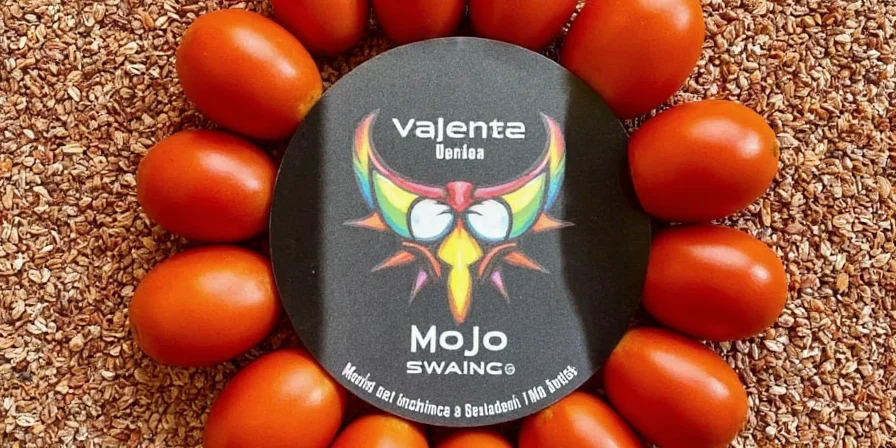
✨ 5 Must-Try Tips to Elevate Your Mojo Game
- Use Fresh Ingredients: Dried spices are fine, but fresh garlic, roasted peppers, and hand-ground paprika will take your mojo from “meh” to “mind-blowing.”
- Roast Your Own Peppers: Don’t skimp on pre-roasted jarred peppers unless you have to. Freshly roasted ones add layers of flavor.
- Balance Acidity: Vinegar brings brightness, but too much can overpower. Start with a little and taste as you go.
- Let It Rest: Mojo tastes even better after sitting for a few hours — the flavors marry beautifully.
- Experiment With Heat: Try different chili varieties — jalapeño for mild, habanero for fire-breathing intensity!
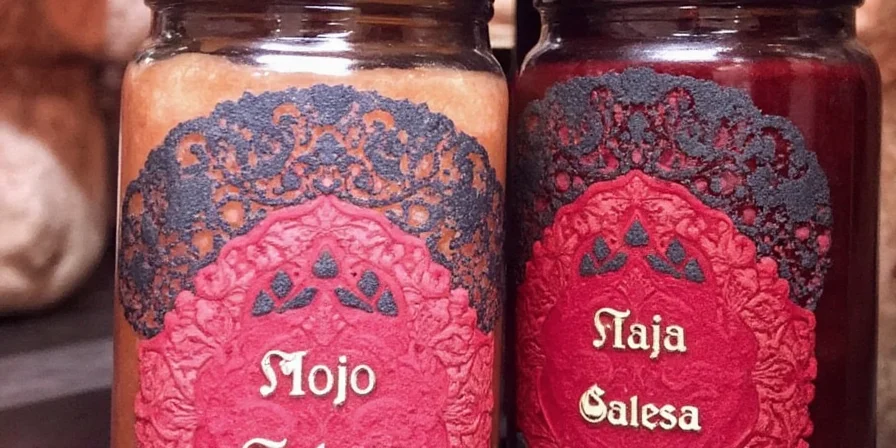
🍴 Best Food Pairings with Mojo Salsa
Mojo isn’t just a dip — it’s a full-on flavor experience. Here are some dreamy pairings to try:
- Papas Arrugadas: Salty, wrinkled potatoes boiled in seawater — the original pairing!
- Grilled Fish: Especially white fish like sea bass or cod.
- Steak or Lamb: Mojo picón pairs beautifully with grilled meats.
- Vegetable Skewers: Brushed with mojo before grilling.
- Eggs: Drizzle over shakshuka or scrambled eggs for a morning boost.
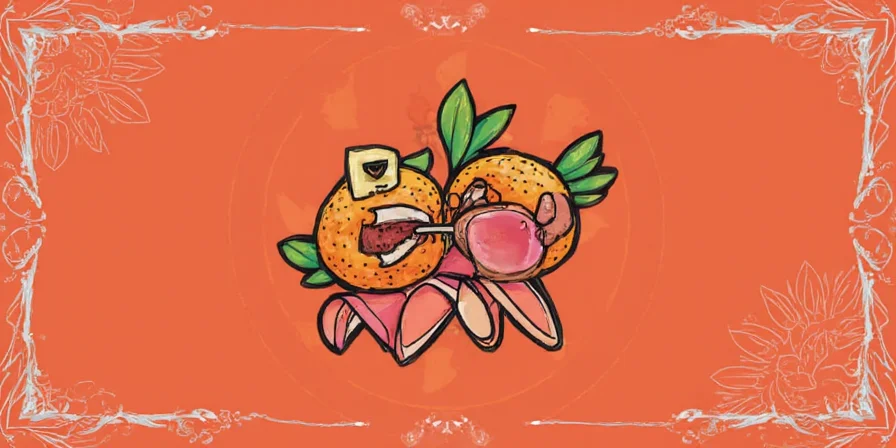
📦 Storage Secrets: How to Keep Mojo Fresh Longer
Mojo lasts surprisingly well if stored correctly. Here's how to keep it fresh:
- Store in an airtight glass jar in the fridge.
- Top with a thin layer of olive oil to seal and preserve flavor.
- Lasts up to two weeks refrigerated.
- Freeze in ice cube trays for longer storage (up to 6 months).
- Always use a clean spoon when scooping out to avoid cross-contamination.
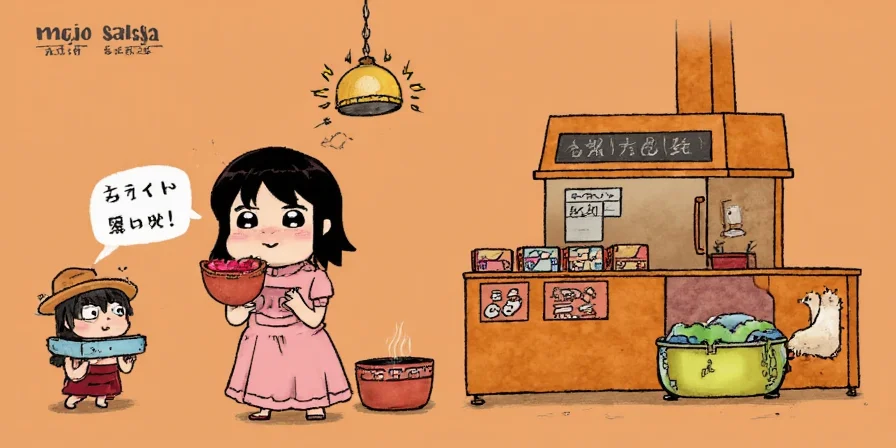
🔥 Conclusion: Mojo Salsa — A Global Spice Tradition Worth Celebrating
Mojo salsa isn’t just another hot sauce — it’s a celebration of history, culture, and the art of spice blending. Whether you’re a seasoned chef or a kitchen newbie, adding a touch of mojo to your meals can transform the ordinary into something unforgettable.
So next time you're craving a burst of flavor, skip the store-bought stuff and make your own. Play with the spices, roast your own peppers, and don’t be afraid to get creative. After all, the best mojo is the one that makes YOUR mouth happy!
Got a favorite way to enjoy mojo salsa? Share your ideas in the comments below and keep exploring the world of Global Spice Traditions — where every bite tells a story.
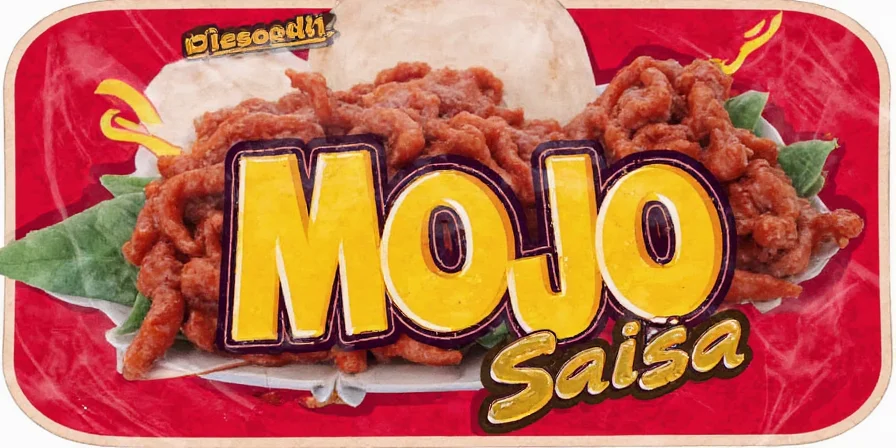











 浙公网安备
33010002000092号
浙公网安备
33010002000092号 浙B2-20120091-4
浙B2-20120091-4